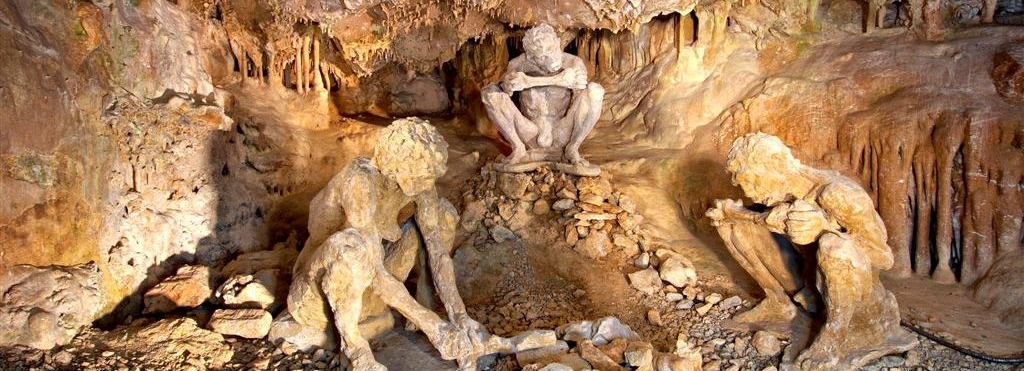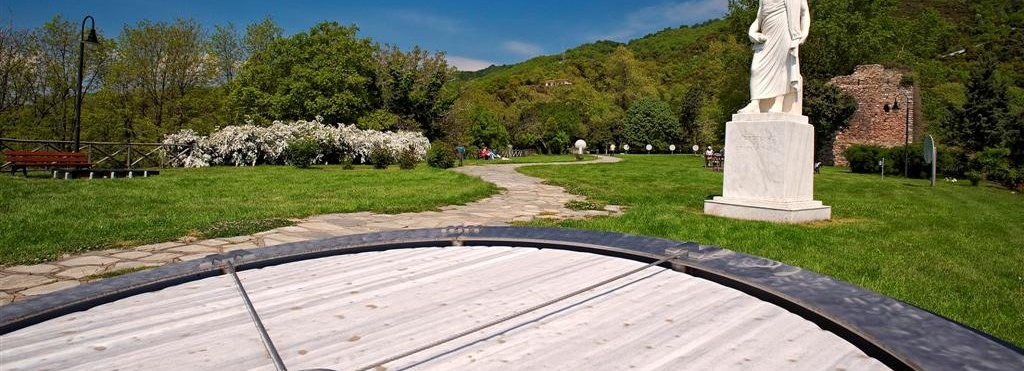The Cave of Petralona is located roughly 1 km from the village Petralona. It opened to the public in 1979. Internationally renowned paleo-anthropologist Dr. Aris Poulianos discovered the first signs of the Archanthropus of Petralona, the oldest remains from our European ancestors, which date some 700,000 years back. The cave had became renowned for its paleontological and paleo-anthropological findings already by 1960, after the accidental discovery in it, by resident of Petralona Ch. Sarriyianidis, of the famous human skull. The value of that finding and its uniqueness spearheaded the undertaking of extensive works in and outside the cave. In 1968 and from 1974 until 1988 the excavations were directed by Aris Poulianos. In Poulianos’ papers on the cave he talks of bone and stone tools, but the nature of the publications does illustrate a clear picture thereof. The findings are surely very significant and constitute the first testimonies of the habitation of the Greek geographical space. From an anthropologic point of view, the fossil skull is a most significant finding, but there is discord regarding its date and, even worse, its evaluation. The principal views diverge significantly and they profess that the skull belonged to someone who lived 700,000 years in the past, according to some, of 200,000 years ago, according to others.
-

Panhellenic Federation of Holiday Rooms and Apartments in Halkidiki 'Aristoteles'
-

Halkidiki - Rooms, Studios, Apartments
-

Get inside your Dreams
-

-

-

›
‹
- 1
- 2
- 3
- 4
- 5
- 6

